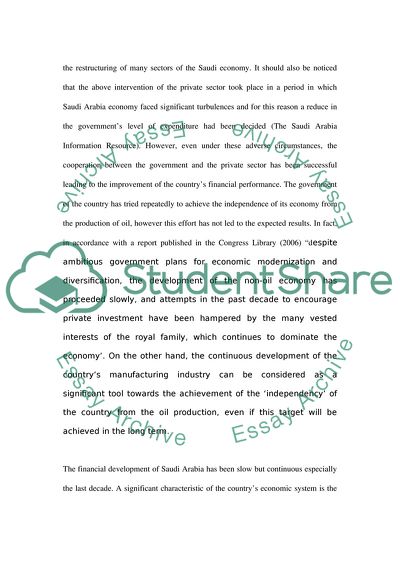Cite this document
(Economy of Saudi Arabia Case Study Example | Topics and Well Written Essays - 5000 words, n.d.)
Economy of Saudi Arabia Case Study Example | Topics and Well Written Essays - 5000 words. Retrieved from https://studentshare.org/macro-microeconomics/1707256-economy-of-saudi-arabia
Economy of Saudi Arabia Case Study Example | Topics and Well Written Essays - 5000 words. Retrieved from https://studentshare.org/macro-microeconomics/1707256-economy-of-saudi-arabia
(Economy of Saudi Arabia Case Study Example | Topics and Well Written Essays - 5000 Words)
Economy of Saudi Arabia Case Study Example | Topics and Well Written Essays - 5000 Words. https://studentshare.org/macro-microeconomics/1707256-economy-of-saudi-arabia.
Economy of Saudi Arabia Case Study Example | Topics and Well Written Essays - 5000 Words. https://studentshare.org/macro-microeconomics/1707256-economy-of-saudi-arabia.
“Economy of Saudi Arabia Case Study Example | Topics and Well Written Essays - 5000 Words”, n.d. https://studentshare.org/macro-microeconomics/1707256-economy-of-saudi-arabia.


